Inverter. What is it? What is it for? Which application to choose?
Find out with this Selection Guide.

WHAT IS AN INVERTER?
A dc ac Inverter is a device that converts direct voltage into alternating voltage.
The simplest models generate a square wave which results in lower efficiency of the connected equipment and some electromagnetic compatibility problems.
More complex inverters use different approaches to produce an output waveform as sinusoidal as possible.
WHAT IS THE DC AC INVERTER FOR?
The operating principle of an Inverter is very simple: using the normal 12V battery voltage of a boat, car or camper, it provides an alternating output at 220V, with a sinusoidal waveform at 50Hz, characteristic of the normal domestic network voltage.
These devices can therefore be used in various applications in the electrical field, both for home and business use.
Inverters are used every time electrical energy arrives in our homes, in fact in transmission in power lines these devices convert, or it would be better to say “invert”, direct current into alternating current.
Another very useful application of these tools is in UPS systems, those fundamental components of every appliance or electrical device in general that keep the device itself powered in alternating current.
In the industrial field inverters are used to regulate the speed of any type of electric motor, speed related to the frequency of the potential with which they are powered and therefore by the electric current. The use of inverters, thanks also to the significant progress made by electronics, is increasingly widespread: as a converter in the engines of trolleybuses and trains, in sonar transmitters, in induction heating, in ultrasonic generators, in household appliances…
Each application requires particular specifications (high output power, high working frequencies, adjustability of the output voltage,…) and therefore there are different types of inverters each created ad hoc to meet the requests.
SUPPLIERS
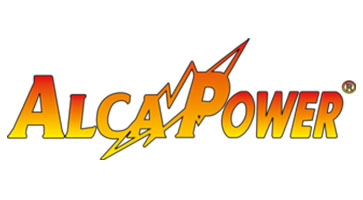
AlcaPower
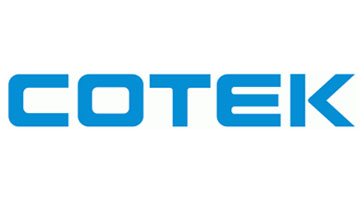
Cotek Electronic
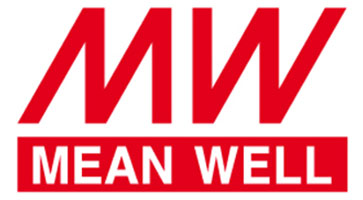
MeanWell
WHICH TYPE OF DC AC INVERTER TO CHOOSE?
The first question to ask when faced with the choice of an Inverter is "What applications need to be powered?"
A Pure Wave Inverter can power any device that can be powered by mains voltage, a Modified Wave inverter cannot.
Here are some clarifications
SINE WAVE PURE INVERTER
The waveform of these Inverters is exactly the same as the "Pure Sinusoidal" of the domestic electrical line. They are indicated to provide energy to all those high-sensitivity devices that require this type of wave to function.
In pure sine wave inverters, the second stage is more complex, the 300 volt voltage of the first stage is pulse modulated (PWM) at a very high frequency and then filtered, the result is that the output voltage is sinusoidal whose quality is often better than that of the network.
But what does it mean?
The first thing to say is that motorized equipment is built to operate with a sinusoidal voltage, feeding them with a square wave damages them, so if we have to power something that has a motor (drill, refrigerator, grinder, etc) we must use a pure sinusoidal wave.
Several other devices could have problems if they were powered with a non-sinusoidal wave, such as HI-FI systems, lamps with "dimmer", devices that use transformers in the power stage, etc..
What you can commonly notice in audio devices is a hum due to the harmonics of the square wave input.
What can we then power with a "modified" sine wave inverter?
In theory everything that has a switching input stage should be able to be powered with a MODIFIED SINE WAVE INVERTER (TV, computer, charger, etc), but it must be said that these devices are designed to work with a sinusoidal voltage and tested with this.
Powering them with something that is not sinusoidal, unless explicitly requested in the instruction manual, is not a good idea and could damage them in the long run.
Why then buy a MODIFIED WAVE INVERTER instead of a PURE WAVE?
In case of specific performance requirements or use of devices without a motor, because a pure wave inverter can power any device that can be powered by mains voltage, a modified wave inverter cannot do so.
MODIFIED SINE WAVE INVERTER
This type of Inverter is conceptually composed of two stages, the first raises the voltage from 12Volts to a voltage of about 300Volts. This voltage, in the simplest and usually cheaper inverters, also called "modified sine wave" or "pseudosinusoidal", is simply modulated by two digital signals, one controls the polarity and one the presence or absence of the output voltage. The result is that the output is something more similar to a square wave than a sine wave.
The modified sine wave shape is a "stepped" shape, designed to have a wave almost similar to the "pure sinusoidal" of the domestic electrical line. This type of wave is suitable for providing the necessary energy to most Applications / Electrical and electronic devices such as incandescent lamps, radio, computers and notebooks, televisions, VCRs, videogames, microwave ovens, etc.
The modified sine wave is definitely better than the square wave provided by other types of inverters on the market
HOW MUCH POWER DOES THE DC AC INVERTER NEED? HOW MANY WATTS DO I NEED?
The essential factor in choosing a dc ac inverter is the output power, expressed in Watts that is continuously delivered knowing in advance how many and which devices will be connected to the Inverter this will be chosen according to the ability to deliver a slightly higher power than that required by the user.
More devices can be connected to the same Inverter: the total sum of the power required by each instrument must not exceed the maximum power delivered and the insertion currents of the utilities, must be covered by the maximum power of the inverter.
In case we want to power electric motors, refrigerators, etc. that usually have a significantly high absorption in the start-up phase, an inverter is needed that delivers, in the spurt phase, a power double or triple that required nominally by the equipment, otherwise the engine will not start and the inverter will lock.
SOME EXAMPLES OF ABSORPTION
Unit of measure Maximum Continuous Output Power.
- 150W to power and recharge electrical and electronic devices at 220/240V with a max power of 150W Color TVs up to 14", radios, mp3 players, Ipod, small chargers (Camera, mobile, shaver, etc.) audio amplifiers up to 150W, bulbs up to 150W, DVD player, VCR, Casette radio, etc.
- 300W to power and recharge all electrical and electronic devices at 220/240V with a max power of 300W Systems with SAT decoder, dish, and medium Color TVs up to 28", Personal Computer, audio amplifiers and lamps up to 300W, etc.
- 600W to power and recharge all electrical and electronic devices at 220/240V with a max power of 600W Laptops, mobile phones, PDA, televisions, VCRs, faxes, camcorders, stereo systems, small electric tools
- 1000W to power and recharge all electrical and electronic devices at 220/240V with a max power of 1000W Hairdryers, Small appliances, electric tools, Refrigerators
- 1500W to power and recharge all electrical and electronic devices at 220/240V with a max power of 1500W Microwave Ovens, Refrigerators, Grinders, Miter Saws, Drills, Screwdrivers Blenders, Espresso Coffee Machines, Table Fans
|
APPLIANCE
|
POWER CONSUMPTION IN WATT
|
|
Alarm Clock Radio
|
10
|
|
DVD Player
|
20-25
|
|
Personal Computer - CPU
|
30-120
|
|
Personal Computer - Monitor
|
30-150
|
|
Personal Computer - Laptop
|
50-90
|
|
Electric Blanket
|
60-100
|
|
19" Television
|
65-110
|
|
Ventilation Fans
|
65-750
|
|
27" Television
|
115
|
|
Heatable Water Bed
|
120-380
|
|
60" Television
|
170
|
|
External Well Water Pump
|
250-1000
|
|
Washing Machine
|
350-500
|
|
Refrigerator
|
750
|
|
Microwave oven
|
750-1100
|
|
Iron
|
750-1500
|
|
Toaster
|
800-1400
|
|
Dehumidifier
|
800
|
|
Coffee machine
|
900-1200
|
|
Vacuum cleaner
|
1000-1400
|
|
Hair dryer
|
1200-1800
|
|
Dishwasher
|
1200-2400
|
|
Dryer
|
1800-5000
|











![How to choose the DC AC Inverter [GUIDA 2023] How to choose the DC AC Inverter [GUIDA 2023]](https://www.alimentatorishop.com/img/ybc_blog/post/thumb/MINIATURA-NEWS.jpg)
















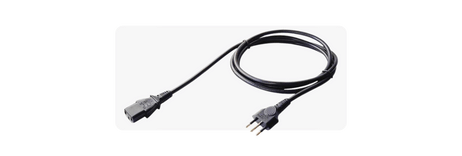

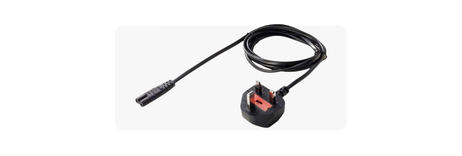


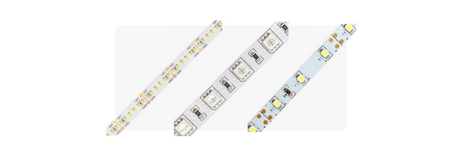
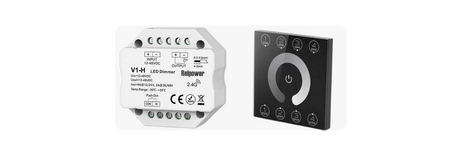



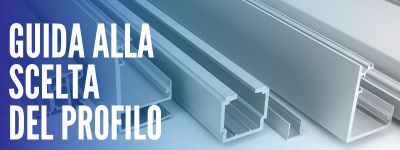










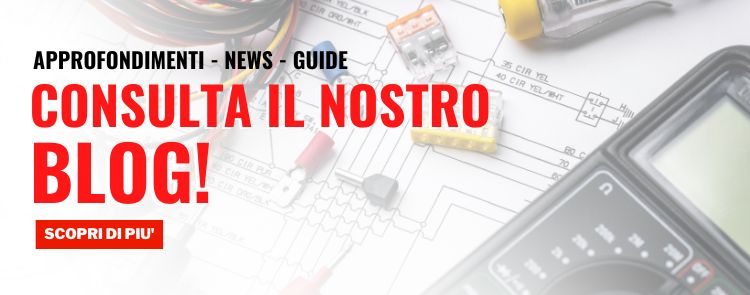




![How to choose the DC AC Inverter [GUIDA 2023] How to choose the DC AC Inverter [GUIDA 2023]](https://www.alimentatorishop.com/img/ybc_blog/post/BANNER-NEWS.jpg)



